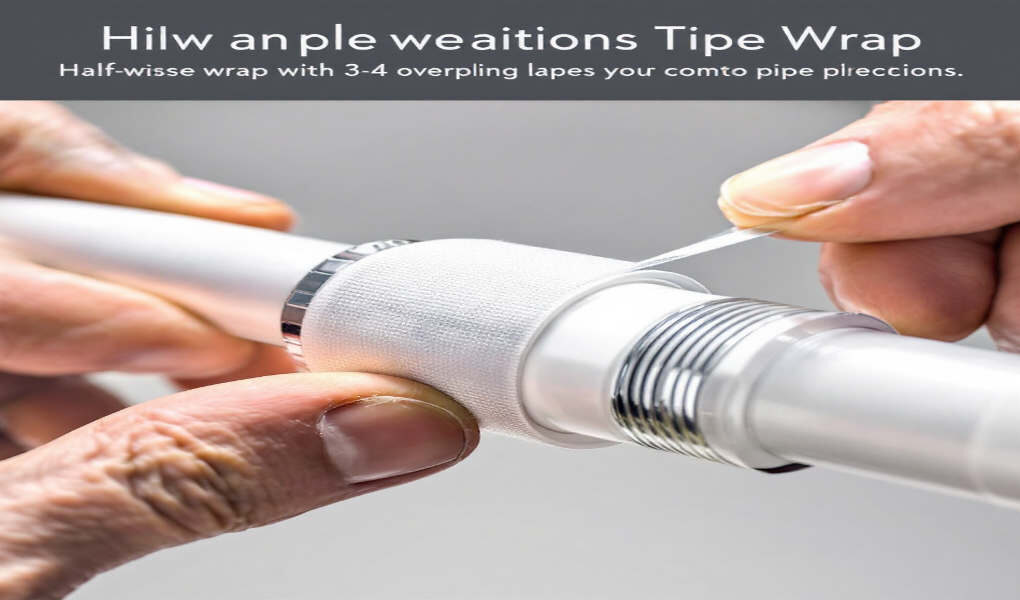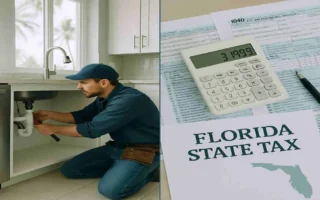When it comes to home plumbing, even the smallest details can make a big difference. One of the most underrated but essential tools in a homeowner’s toolkit is plumbing tape—commonly known as Teflon tape or PTFE tape. This humble roll of tape holds the power to prevent leaks, improve pipe security, and keep your plumbing in top condition.
But here’s the key question: how much house plumbing tape should you use? Wrap it too little, and leaks become inevitable. Wrap it too much, and you risk bursting pipes or struggling to assemble fittings.
Understanding Plumbing Tape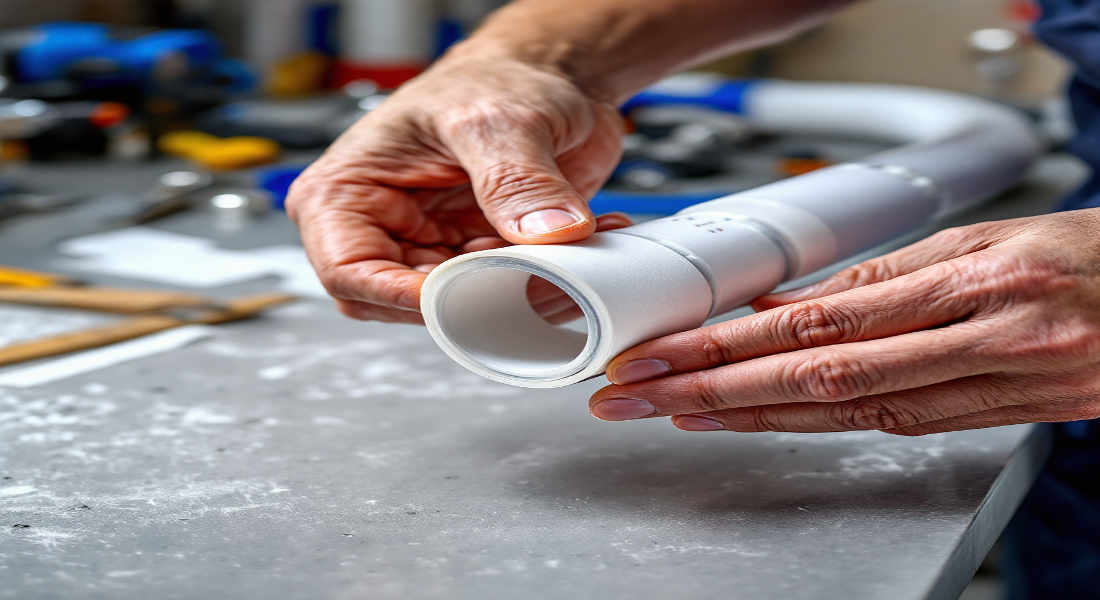
Plumbing tape is a deceptively simple tool that serves a critical role in home plumbing. To use it effectively, you need to understand what it is and how it works.
What Is Plumbing Tape?
Plumbing tape, or PTFE (polytetrafluoroethylene) tape, is a thin, flexible, and non-adhesive tape designed to seal threaded pipe joints. There are multiple names for it, including Teflon tape or thread seal tape, but the purpose remains the same: to fill gaps between pipe threads and prevent leaks.
Types of Plumbing Tape
- White PTFE Tape: Most commonly used for general plumbing applications.
- Yellow Gas Line Tape: Specifically designed for sealing gas pipes.
- Pink Tape: Thicker and denser, ideal for water lines.
- Green Tape: Designed for oxygen lines or other special uses.
Why Is Plumbing Tape Essential?
Plumbing tape serves three key purposes:
- Leak Prevention: It fills the microscopic gaps between threads to stop water or gas from escaping.
- Corrosion Resistance: It creates a barrier that prevents water or moisture from corroding metal threads.
- Ease of Assembly and Disassembly: Threads coated with plumbing tape are easier to screw together and take apart.
By using the right plumbing tape, you can ensure that your pipe connections are secure, long-lasting, and leak-free.
When and Where to Use Plumbing Tape
Knowing when and where to use plumbing tape is critical for avoiding costly plumbing issues.
You may also read (what should i do if a raccoon is in my house).
Appropriate Applications
Plumbing tape is designed for threaded pipe joints. Some common uses include:
- Water Lines: On threaded pipes for sinks, showers, and faucets.
- Shower Heads: To prevent leaks where the head attaches to the arm.
- Hose Bibs: For outdoor faucets or garden hoses.
- Pipe Fittings: For joining threaded PVC, brass, or copper pipes.
Compatible Materials
Plumbing tape works well on:
- Metal Pipes: Such as brass, copper, and steel.
- Plastic Pipes (PVC): As long as they are threaded and not over-tightened.
When NOT to Use Plumbing Tape
Plumbing tape is not a one-size-fits-all solution. Avoid using it in these cases:
- Compression Fittings: These rely on metal-to-metal contact for sealing.
- Flare Fittings: These are sealed by the tapered ends of the fittings.
- Existing Leaks: Plumbing tape prevents leaks but cannot fix them.
Choosing the Right Plumbing Tape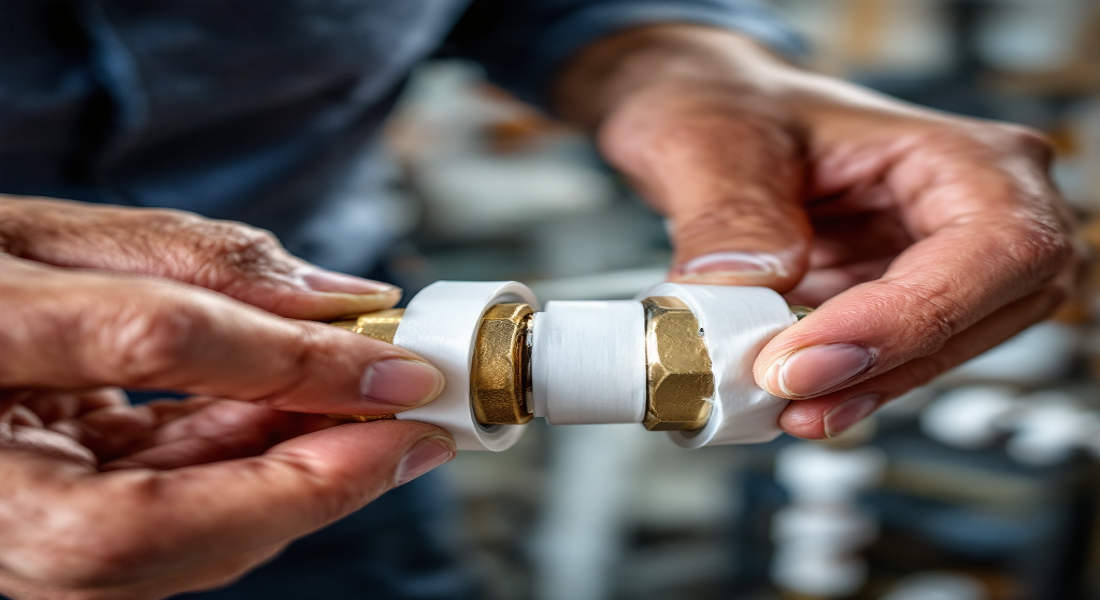
Not all plumbing tape is created equal. Choosing the right type and size for your project makes a big difference.
Types and Sizes
- White PTFE Tape: Best for standard residential plumbing jobs.
- Yellow Tape: Designed for gas lines and has a higher density for safety.
- Pink Tape: Thicker and more durable, perfect for hot or cold water lines.
Selecting the Right Width
Plumbing tape typically comes in widths of 1/2 inch or 3/4 inch. For most home plumbing tasks, the 1/2-inch tape is sufficient and easier to handle.
You may also read (curb stop in house plumbing).
Quality Matters
When buying plumbing tape, look for these indicators of quality:
- Thickness: Thicker tape provides better coverage and durability.
- Flexibility: High-quality tape stretches easily without tearing.
- Non-Stick Surface: A smooth surface ensures easy application.
Step-by-Step Guide: How to Apply Plumbing Tape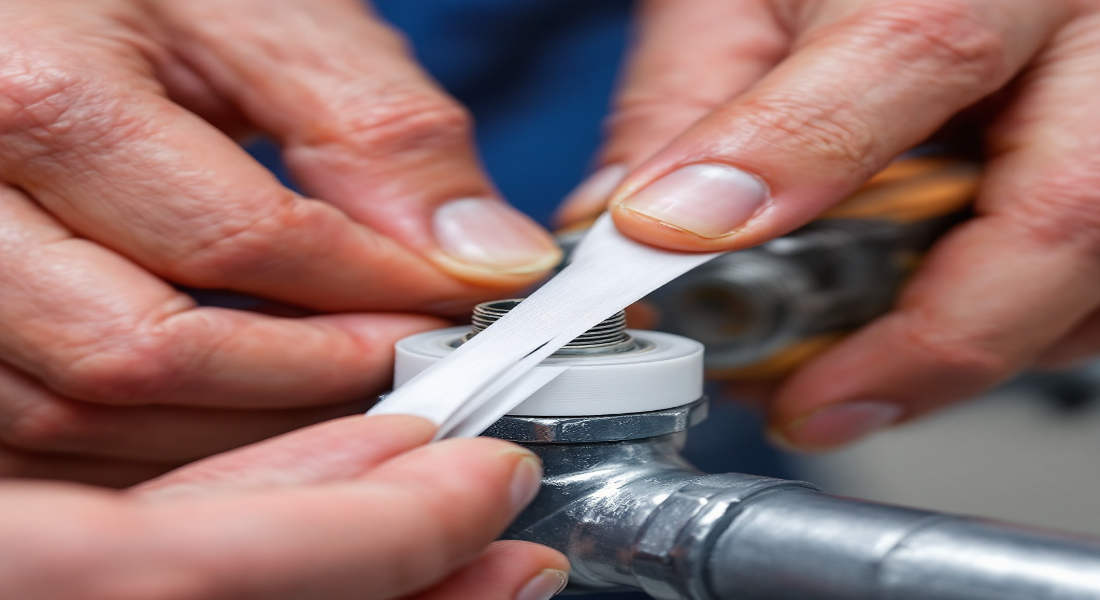
Using plumbing tape is simple, but getting it right requires attention to detail. Follow these steps to ensure a proper seal.
Preparation
Before applying tape, clean and dry the threads. Dirt, moisture, or old tape can compromise the seal.
- Use a wire brush or cloth to remove debris.
- Ensure the threads are completely dry.
Application Technique
- Start on the Second Thread: Place the tape at the second thread from the end to avoid loose tape entering the pipe.
- Wrap Clockwise: Wrap the tape in the same direction as the fitting will be tightened. This prevents the tape from unravelling.
- Keep Tension: Hold the tape taut as you wrap for a snug fit.
How Much Plumbing Tape to Use
- Recommended Wraps: 4–6 wraps around the threads are ideal for most residential pipes.
- Avoid Over-Wrapping: Using more than six wraps can make it difficult to screw the fitting together or cause the pipe to burst.
- Under-Wrapping Risks: Too few wraps can result in leaks.
Finishing the Job
Once you’ve wrapped the threads:
- Tear off the tape and smooth the loose end against the threads.
- Assemble the fitting and tighten it securely.
- Check for leaks by running water through the connection.
Common Mistakes and How to Avoid Them
Even experienced DIYers can make mistakes with plumbing tape. Here’s how to avoid them.
Overusing or Underusing Tape
- Too Much Tape: Causes bunching, difficulty tightening, or even pipe damage.
- Too Little Tape: Leaves threads exposed and prone to leaking.
Wrapping in the Wrong Direction
Plumbing tape must be wrapped clockwise. Wrapping it counterclockwise will cause the tape to unravel as you tighten the fitting.
Ignoring Thread Preparation
Dirty or wet threads prevent the tape from adhering properly. Always clean and dry them first.
Advanced Tips for Homeowners
For more complex situations, these advanced tips can help:
Using Tape on Large Pipes
For pipes with larger diameters, you may need thicker tape or additional wraps.
Combining Tape with Pipe Dope
In some cases, combining PTFE tape with a liquid thread sealant (pipe dope) can enhance sealing, especially for gas lines.
You may also read (how to fix a hot room in your house effectively).

